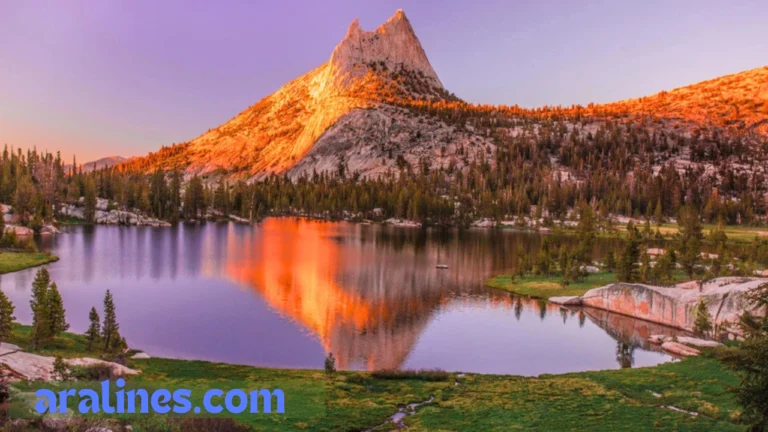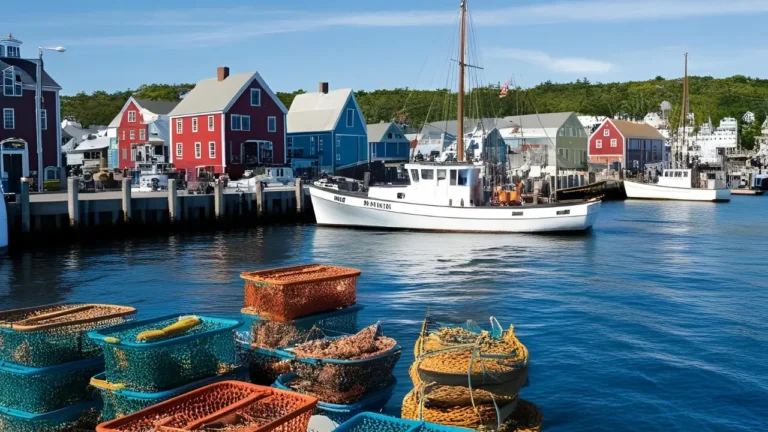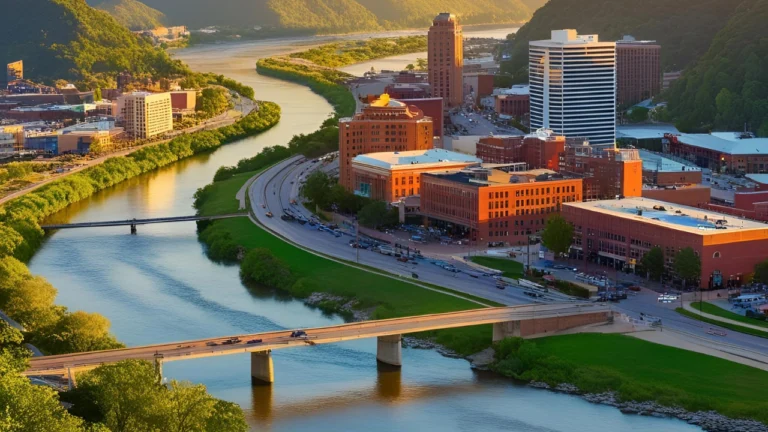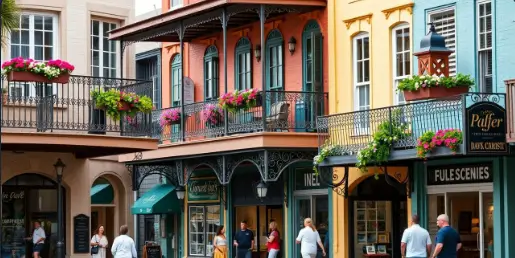Best Time of Year to Visit Iceland: Ideal Seasons for Travel & Adventure
Have you ever imagined standing beneath the shimmering Northern Lights, soaking in a steamy geothermal lagoon while snowflakes drift around you, or hiking through emerald valleys under the golden glow of the midnight sun? Iceland is a land where nature’s extremes collide—where fire meets ice, and darkness battles endless daylight.
But here’s the catch: when you visit Iceland dramatically shapes your experience.
Should you chase winter’s ethereal auroras or summer’s 24-hour sunlight? Is spring’s thaw or autumn’s fiery foliage more your style? This guide strips away the guesswork, revealing the best time of year to visit Iceland based on your travel dreams.
Table of Contents
Iceland’s Seasons at a Glance: Weather & Key Highlights
Before packing your parka or hiking boots, understand Iceland’s seasonal personality. This isn’t just about temperatures—it’s about daylight, crowds, prices, and once-in-a-lifetime events like the Northern Lights or puffin migrations.
| Season | Months | Avg. Temp. | Daylight Hours | Why Visit? |
|---|---|---|---|---|
| Winter | Nov-Feb | -1°C to 4°C (30°F-39°F) | 4-7 hours | Northern Lights, ice caves, snowy solitude |
| Spring | Mar-May | 0°C to 7°C (32°F-45°F) | 10-16 hours | Waterfalls roar, puffins arrive, roads reopen |
| Summer | Jun-Aug | 8°C to 15°C (46°F-59°F) | 18-24 hours | Midnight sun, hiking, whale watching |
| Fall | Sep-Oct | 3°C to 10°C (37°F-50°F) | 8-14 hours | Northern Lights return, autumn colors, fewer crowds |
Key Takeaways:
- Winter = Aurora hunting but pack for cold and darkness.
- Summer = Endless daylight for epic road trips—book early, it’s crowded.
- Spring/Fall = Sweet spots for lower prices and dramatic scenery.
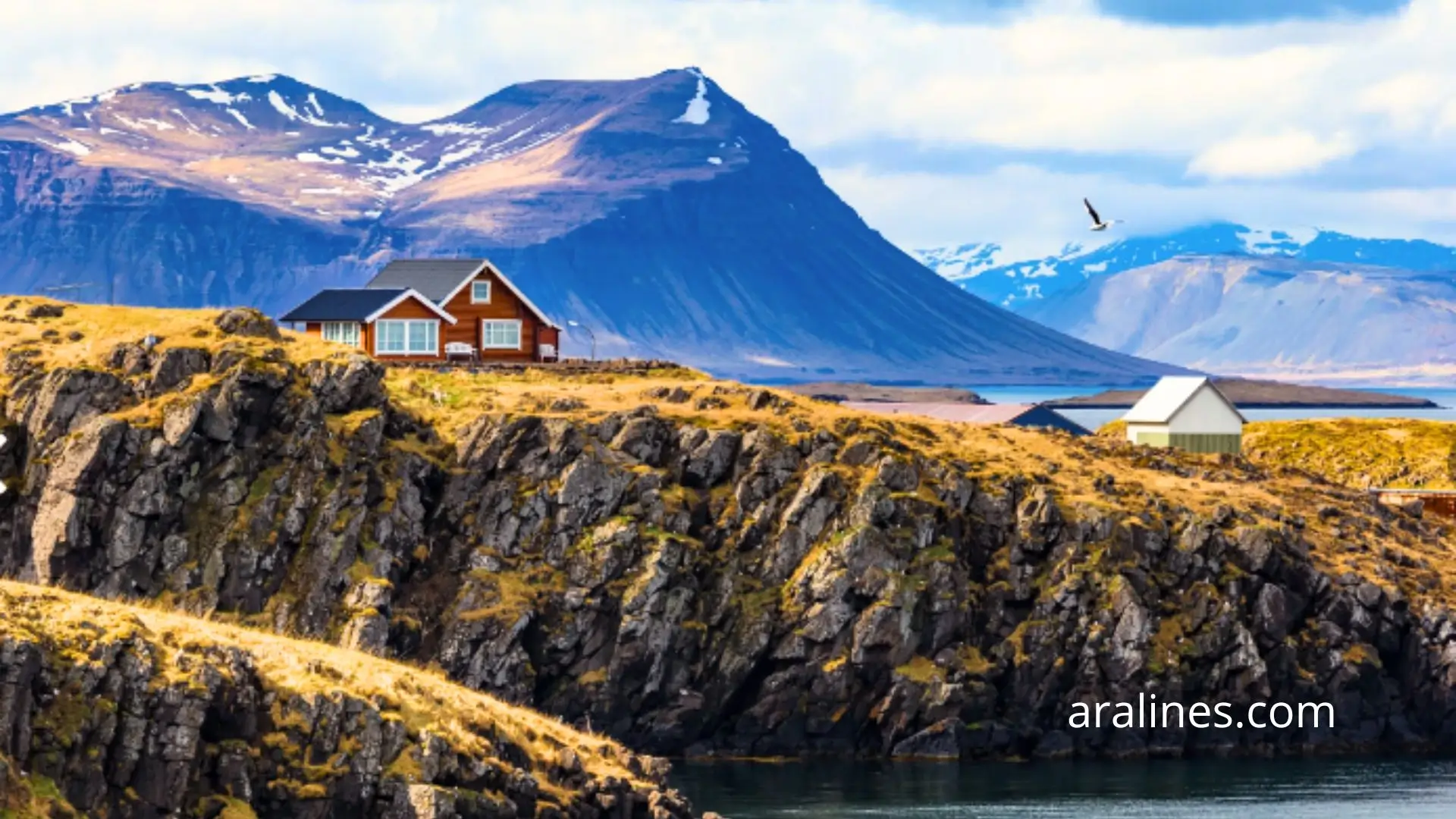
Winter (November-February): Northern Lights & Frozen Wonders
Best for: Aurora chasers, ice cave explorers, and those who love moody, snow-blanketed landscapes.
Why Visit Iceland in Winter?
- Northern Lights Peak Season: From late September to March, Iceland’s long nights and frequent geomagnetic storms create prime aurora conditions. February offers the darkest skies.
- Ice Caves Come Alive: Glacial caves like Vatnajökull and Langjökull are accessible only in winter. Their electric blue walls are surreal.
- Fewer Tourists: You’ll have iconic spots like Skógafoss or Diamond Beach nearly to yourself.
Challenges to Know:
- Brutal Weather: Storms can shut roads. Always check road.is.
- Limited Daylight: Plan short, focused excursions.
Pro Tip: Base yourself in Reykjavík or Vík for easy access to guided tours when weather shifts.
Spring (March-May): Thawing Waterfalls & Puffin Parties
Best for: Budget travelers, photographers, and road-trippers who want nature waking up around them.
Why Visit Iceland in Spring?
- Waterfalls at Their Mightiest: Melting snow swells cascades like Gullfoss and Seljalandsfoss into thunderous spectacles.
- Puffins Return (April-August): These clownish birds nest in cliffs at Dyrhólaey and Látrabjarg.
- Roads Reopen: The highlands stay closed, but Ring Road is fully drivable by May.
What to Pack:
- Layers: Mornings freeze; afternoons feel balmy.
- Waterproof Gear: Spring showers are frequent but brief.
Hidden Gem: Visit Þingvellir National Park in May—the Arctic lupines create purple carpets.
Summer (June-August): Midnight Sun & Hiking Bliss
Best for: Adventurers who want to hike, camp, and road-trip under endless daylight.
Why Visit Iceland in Summer?
- 24-Hour Daylight (June 21): Hike Glymur waterfall at midnight or soak in the Blue Lagoon under a dusky sky.
- Highlands Open (July-Sept): Explore Landmannalaugar’s rainbow hills or Askja’s volcanic caldera.
- Whale Watching Peak: Húsavík and Akureyri teem with humpbacks and minkes.
Downsides:
- Crowds: Book rental cars and hotels 6+ months ahead.
- Prices Spike: Expect 30% higher costs than spring/fall.
Local’s Hack: Camping saves money—Iceland’s Almannaskjóli law allows wild camping (with rules).
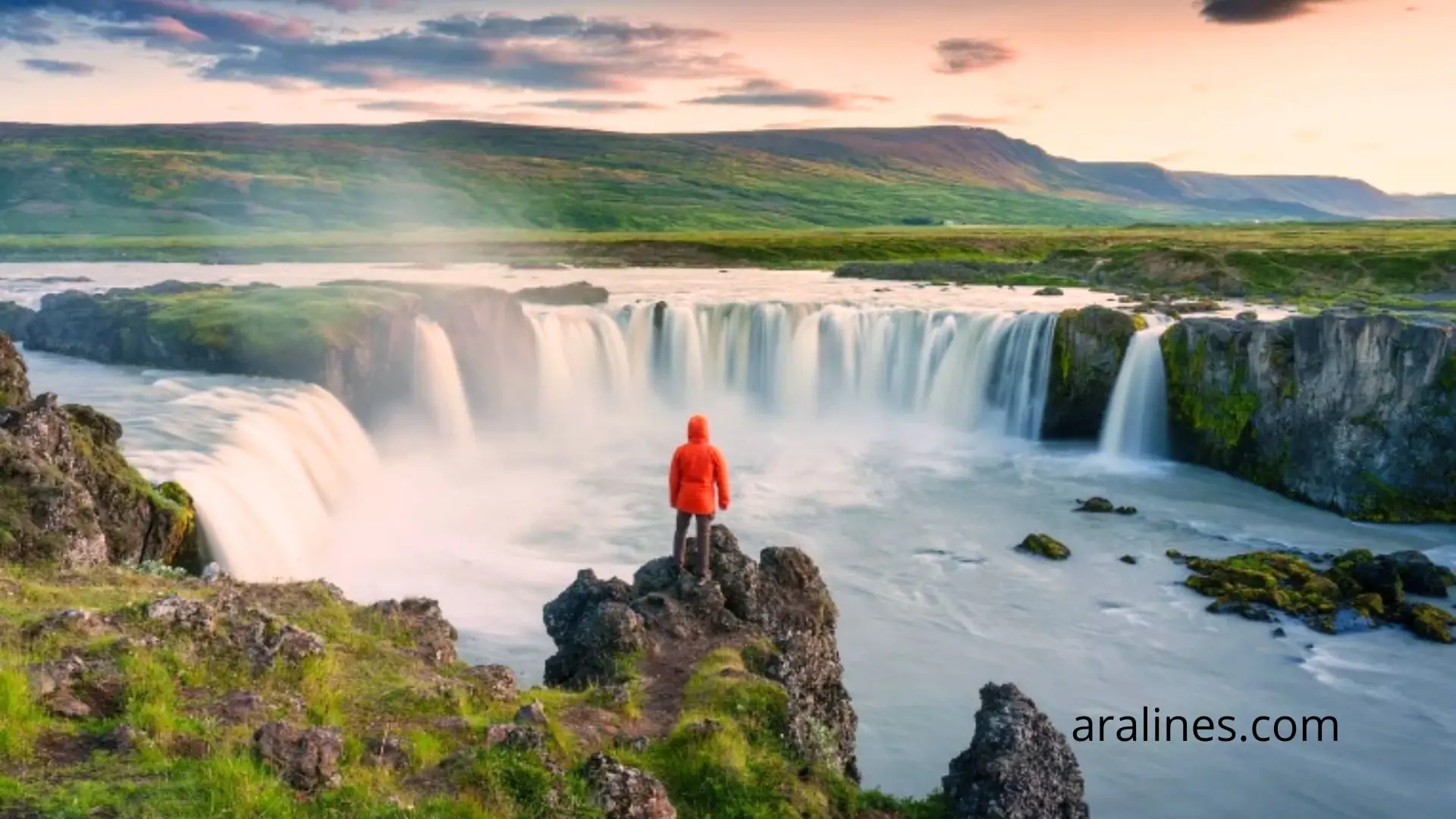
Fall (September-October): Northern Lights Return & Autumn Fire
Best for: Photographers, couples, and solitude-seekers who want Iceland without the summer bustle.
Why Visit Iceland in Fall?
- Auroras Return (Late Sept): Fewer clouds than winter = clearer skies.
- Fall Foliage Explosion: Þórsmörk’s birch forests turn gold; Snæfellsnes glows crimson.
- Budget-Friendly: Hotels drop rates by 20-40%.
Weather Watch:
- Unpredictable: Snow can hit highlands by October.
- Shorter Days: Plan activities for 10 AM-4 PM daylight window.
Photo Tip: Capture Jökulsárlón Glacier Lagoon at sunrise—icebergs glow pink and orange.
Worst Time to Visit Iceland? (If You Hate Crowds or Storms)
No season is “bad,” but these months have trade-offs:
- January: -10°C (14°F) temps and 4 hours of daylight—only for hardcore aurora hunters.
- July: Peak crowds at Golden Circle; rental cars cost $150+/day.
- November/March: Storm season—roads close frequently.
Conclusion: So When Should YOU Go?
Your ideal time depends on what you crave:
- Chasing auroras? → December-February
- Hiking under midnight sun? → June-July
- Balancing weather and budget? → May or September
Ready to experience Iceland’s magic? Start planning now—whether it’s a winter aurora tour or a summer campervan road trip, this country will leave you breathless.
FAQ: Best Time to Visit Iceland
1. What’s the warmest month in Iceland?
July averages 15°C (59°F)—though coastal winds make it feel cooler.
2. Can you see the Northern Lights in August?
Rare, but possible after August 20 if solar activity is high and skies are clear.
3. Is Iceland expensive in winter?
No—November and January have the lowest prices for flights and hotels.
4. When are Iceland’s roads most dangerous?
December-February, when black ice and storms hit. Always rent a 4×4.
5. What month has the least rain? Best Time of Year to Visit Iceland
June is driest, with Reykjavík averaging just 50mm rainfall.
Now it’s your turn: Which season speaks to your traveler’s soul? Share your dream Iceland itinerary in the comments!**
Best Time of Year to Visit Iceland Best Time of Year to Visit Iceland Best Time of Year to Visit Iceland Best Time of Year to Visit Iceland Best Time of Year to Visit Iceland Best Time of Year to Visit Iceland Best Time of Year to Visit Iceland Best Time of Year to Visit Iceland


